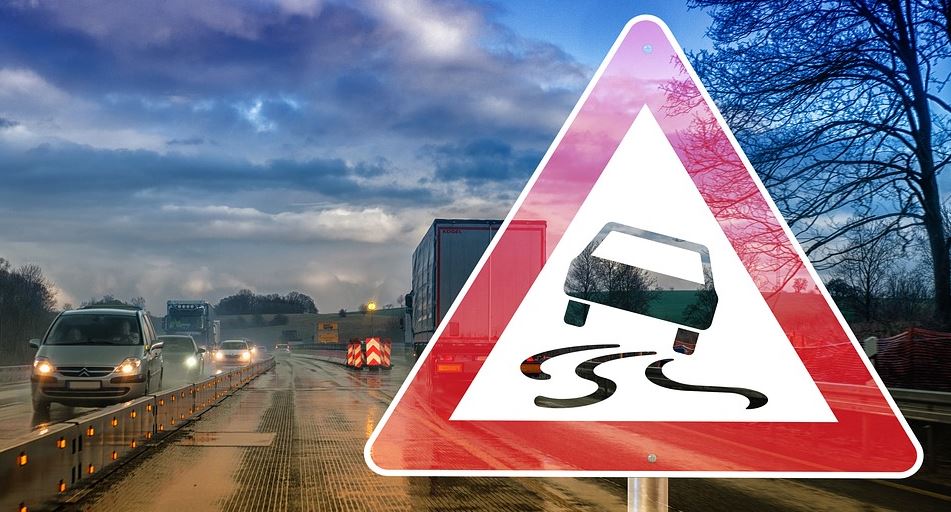Proving fault in a chain reaction accident can be a challenging, complicated process. In order to determine fault in these cases, attorneys will present evidence that demonstrates why and how their client was not at fault and another party was. These are some of the most common types of evidence that may be used:
- Expert witness testimony
- Eyewitness testimony or witness statements
- Diagrams or reenactments of the accident
- Photos and video of the accident scene
- Photos of damage to the vehicles
- Photos of injuries
- Police reports
- Traffic cameras or dash cam footage
Determining fault in these accidents is critical because the at-fault driver or drivers need to be held accountable in court. They are responsible for the damages of the parties that were not at fault. In some states, a percentage of fault will be assigned to different drivers who will then share some of the burden of paying the damages.
How Do Chain Reaction Crashes Happen?
A chain reaction accident happens when three or more vehicles are involved in a series of collisions. Any of the following conditions can cause a pileup.
A Driver Toward the Back of the Pileup
Often this type of accident is caused by a driver who rear-ends the vehicle in front of them, pushing that vehicle into the one in front of it and so on.
A Driver Toward the Front of the Pileup
Drivers toward the front can also be responsible for a chain reaction crash. For example, a driver who suddenly swerved or slammed on their breaks, hitting another vehicle or causing another vehicle to rear-end them, either of which can quickly lead to multiple vehicles being involved.
Poor Weather Conditions
Chain reaction accidents can also be caused by weather conditions, such as the April 2020 crash in Chicago in which nearly 60 vehicles were involved in pileup crashes on the Kennedy Expressway. This accident was caused by a combination of snow and ice on the road and vehicles that were traveling too fast for the road conditions.
One more deadly example is the 1991 dust cloud that caused the deaths of 17 people in a 104-car pileup in California. This accident was so devastating that 150 people were seriously injured.
What Happens After a Chain Reaction Wreck?
Chain reaction crashes can cause multiple injuries and fatalities, so the first thing that happens is to get emergency medical transportation to the scene if necessary. The police must also halt the flow of traffic so more vehicles don’t become involved in the pileup, causing even more injuries and damage.
Once all injured parties have been cleared from the scene, investigators will begin documenting the crash and gathering evidence. This evidence will include the weather and road conditions at the time the accident occurred. Attorneys may also look into whether or not any manufacturer’s defects could have been at least partly responsible.
How Is Fault Assigned in Court?
Due to the number of vehicles and injuries that can be involved in chain reaction crashes, these cases often end up in court. When this happens, a judge or jury will examine the evidence and then assign fault, or percentage of fault, to the parties involved.
In some states, it is required that you are less than 50% at fault in order to collect any of your damages. To learn more about the laws in your state or what your damages may be worth, you can follow this link to get help from a car accident lawyer.
Any car accident lawsuit can be complex, but when there are multiple vehicles involved it becomes much more so. Your attorney can handle the many details involved so you can focus on what’s most important—your recovery.

